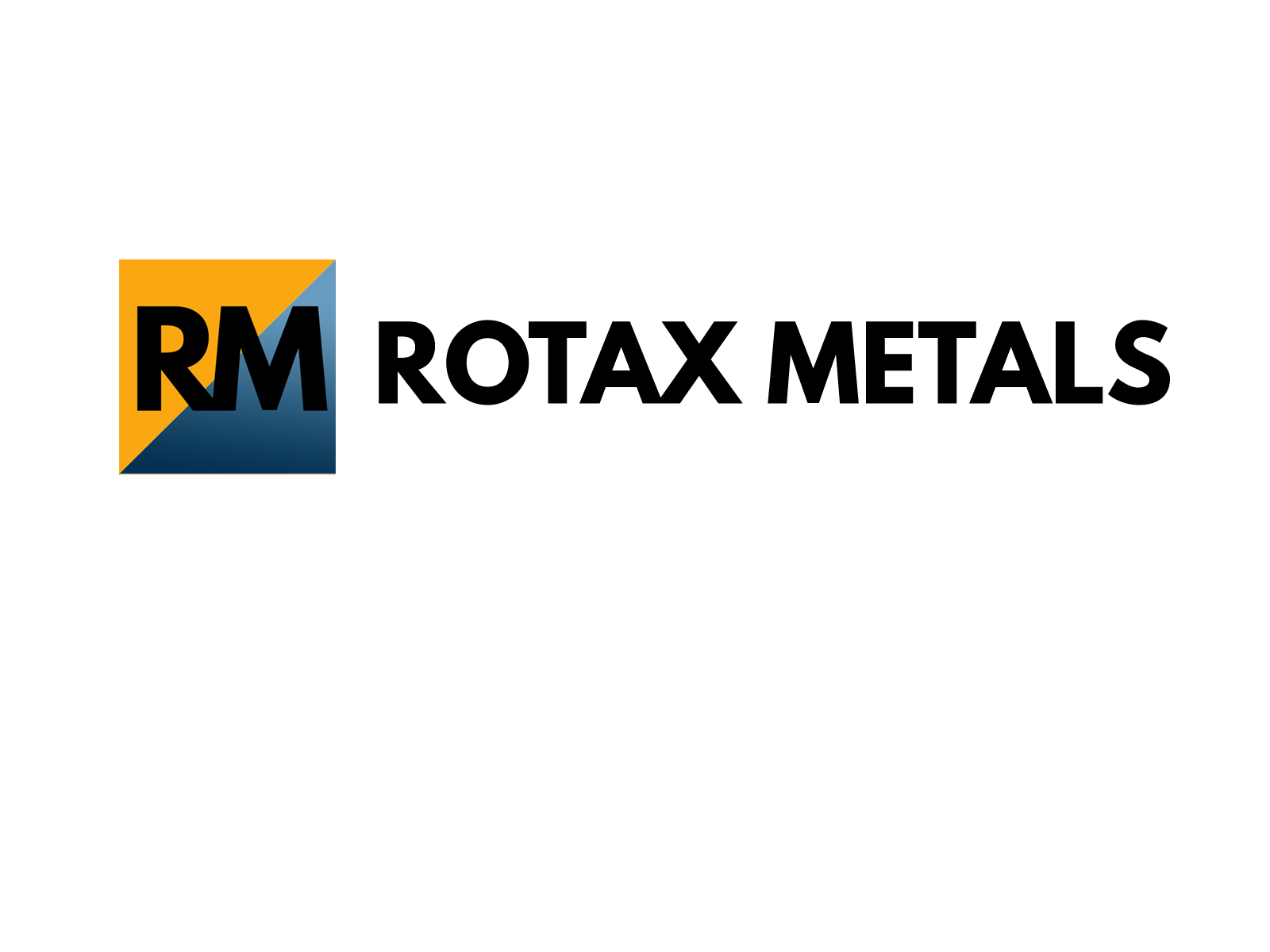It takes more than a single type of metal to build a car. Major components, such as the body and chassis, are usually made of steel and aluminum, but mechanical and electronic parts require more specialized alloys. Parts of the radiator and most of the wires, for instance, are made of copper.
The average car contains about 55 lbs. of copper. Most of this metal go to wires connecting the chief components of the engine and air conditioning system. Of all the metals, copper is the material chosen for this task for obvious reasons. Here are some of the properties of copper and their applications in the car’s functionality.
Electrical Conductivity
While a car’s primary function is mechanical, it needs electrical energy to support its other features. In fact, for the engine to start, electricity must be fed to the starter. It is, therefore, critical for the car design and structure to have a highly conductive and efficient electrical system. To achieve that, all wires have to be made of copper and brass sales.
Copper wires are responsible for carrying current from the battery to basic features of the car, such as lights, central locking, on-board computers, in-car entertainment systems, and satellite navigation. Safety features, such as airbags and ABS braking systems, also need electricity to set off.
Thermal Conductivity
A car’s engine consists of different metal parts that rub against each other at high speed when the car is running. Friction produces heat, which is why the engine tends to become very hot after a long drive. This heat has to be released instantaneously to prevent the car from overheating. To achieve this, coolant has to pass through the radiator to cool it down, and the best material for transferring heat through that fluid is copper due to its high thermal conductivity.
Corrosion Resistance
Driving your car on various terrains exposes it to all kinds of elements, which can have a corrosive effect on its metal components. This is why manufacturers make sure that the car parts are made from high-quality, corrosion-resistant materials. Tubes that convey oils and fuels are made of copper or brass because these metals do not easily break, thus avoiding leaks. Most of these parts are collected for recycling at the end of the car’s life.
Bearing Capacity
Copper alloys also don’t wear easily since they do not stick when rubbing on the surface of other metals. This makes them an excellent bearing material, which is very common in most engines, not just in vehicles. Brass and bronze, in particular, perform better than other metals as a bearing.
Various applications other than car engines require the use of copper and its alloys. These metals may also prove useful when doing simple home renovations, such as backsplash installation or countertop covering. If you have projects that require copper supplies, you shouldn’t be confused about where to buy copper sheets. It would be best to turn to a trusted supplier like Rotax Metals.




